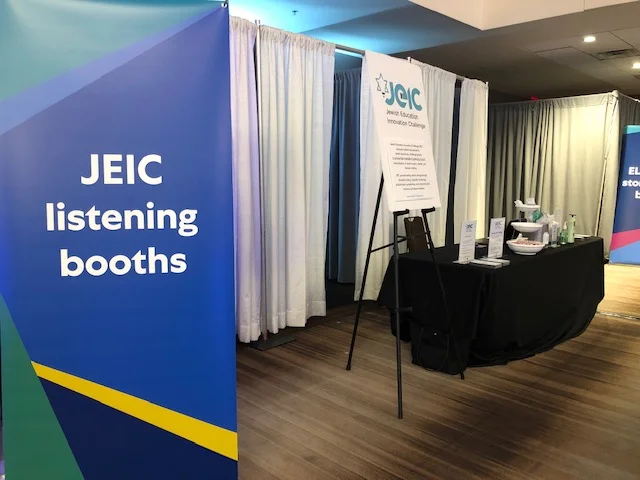Do you remember the song This Magic Moment by Jay and the Americans? Magic moments occur throughout the course of the Jewish year. Sometimes, the magic is overt and apparent and other times, we have a greater hand in creating our own magic.
At either end of the Jewish calendar lives a major week-long festival. In the springtime month of Nissan, we celebrate Pesach. It is a massive undertaking to create a seder with its numerous accouterments, not to mention the weeks of advance preparation for the holiday’s arrival.
On the other side of the year, in autumnal Tishrei, we celebrate Sukkot. This holiday, too, requires a great deal of preparation: erecting a sukkah, securing a lulav and etrog, and eating—if not sleeping— outside no matter the climate.
While the similarities are striking, there is a fundamental difference between the two that can be gleaned from the recounting of their respective biblical sacrifices recited in the Mussaf Amidah (additional holiday service standing prayer).
Mid-March was filled with a great deal of excitement and energy for Jewish day school educators, and I’m not simply talking about the festivities associated with Purim. Prizmah: Center for Jewish Day Schools held its biannual conference in Atlanta, and I attended with my Jewish Education Innovation Challenge (JEIC) team and more than 1000 other colleagues in the field. The conference was heartening and inspiring for this diverse population of Jewish educators, funders, and influencers, evidenced by a wide range of blog articles written in the last few days and posts filling our social media feeds.
In the spirit of being a positive disruptor, JEIC conducted an audacious initiative at the conference. Taking the first page out of a design thinking playbook, we created a unique mechanism for connecting directly with Jewish educators and influencers to find out their hopes and needs.
How did we do it?
The darkness of our times feels particularly difficult for me. Gratefully, Hanukkah this year reminded me that even one small light can brighten a relatively big space and more significantly, one small light (the shamash) can extend its power.
In an era when there is much justified conversation about the fragility of day schools, it is easy to succumb to the dark conversations about our future. I, however, prefer to see the rays of light, the schools whose trailblazing initiatives illuminate the larger field and serve as models from which we can learn. In my visits to these schools and conversations with their professional and lay leaders, eight principles emerge that characterize stronger schools, often defying demographic odds:




